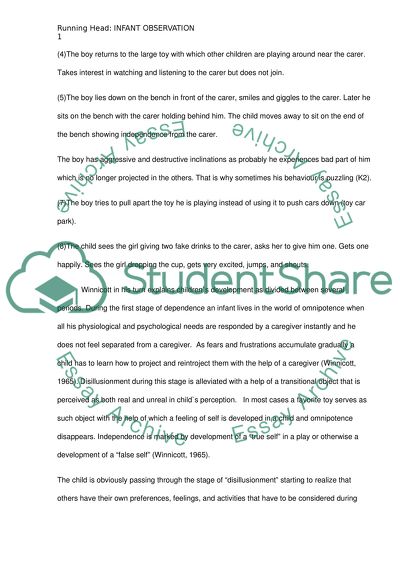Cite this document
(“Infant Observations Essay Example | Topics and Well Written Essays - 1500 words”, n.d.)
Infant Observations Essay Example | Topics and Well Written Essays - 1500 words. Retrieved from https://studentshare.org/psychology/1673566-infant-observations
Infant Observations Essay Example | Topics and Well Written Essays - 1500 words. Retrieved from https://studentshare.org/psychology/1673566-infant-observations
(Infant Observations Essay Example | Topics and Well Written Essays - 1500 Words)
Infant Observations Essay Example | Topics and Well Written Essays - 1500 Words. https://studentshare.org/psychology/1673566-infant-observations.
Infant Observations Essay Example | Topics and Well Written Essays - 1500 Words. https://studentshare.org/psychology/1673566-infant-observations.
“Infant Observations Essay Example | Topics and Well Written Essays - 1500 Words”, n.d. https://studentshare.org/psychology/1673566-infant-observations.


